
The Breed History
Originally thought to be from the Russian sea port of Archangel
(Archangelsk Isle), first recorded specimens were brought to
Western Europe in the late 1800s. The ancient Russian stock was
feral. First show records in England date to 1875 where Russian
Blues were shown in a generic blue cat class. After WW II there were
very few cats in England and up to 1966, some outcrossing with
Siamese produced a much more foreign type of cat. Most breeders
began working to restore the old type, and since then Siamese-type
has been considered less desirable. Scandinavian lines were
integrated to help fix excellent eye color and head conformation
traits in the breed. No outcrosses are allowed in CFA. The European
type is larger and stockier than the American type. First registrations
in CFA occurred in 1949. This is an uncommon breed.
Physical Characteristics
Weight: 8-12 lb (3.5-5.5 kg)
Coat: The very dense, short haircoat is plush and double with
a glossy finish and silky texture. The only accepted color is a
distinctive blue coat (a type of grey) with silver tipping of the guard
hairs-a lighter shade of base color is preferred. The silvery sheen is
highly desirable. No white is allowed in the coat. Kittens sometimes
have a faint tabby marking pattern but this usually fades with time.
Nose leather is grey, and pads lavender to mauve.
Eyes: Oval wide-set eyes are vivid green, though in kittens they
start out a yellow color.
Points of Conformation: A medium sized cat, the body is lithe and
long. The head is a medium wedge, and has a blunt muzzle without
a break producing a flat profile, nose is straight and long. The large
ears are wide set with little hair cover and slightly rounded tips.
Neck is long and tail is fine and tapers, round feet are compact and
small. Coat color, texture and eye color do not usually reach their
zenith until at least 2 years of age.
Grooming: Low shedding and low grooming needs; gentle
occasional attention is sufficient.
Recognized Behavior Issues and Traits
Reported breed characteristics include: These athletic cats love to
jump and climb, and are very playful. The Russian Blue cats are
not big talkers, and have a soft voice. They are intelligent; may
learn to open doors. They form a strong bond with their human
families; need close human contact. Docile in nature, they get along
well with other pets and children, and may shadow their owners.
Easily startled, and some individuals are shy; many have a cautious
nature; may be aloof with strangers. Not demanding of attention. A
"smiling" demeanor is reported.
Normal Breed Variations
Need to watch caloric intake because they gain weight easily.
Very low genetic diversity was found in a study at the University of
California, Davis. Cats from 20 different cat breeds (per breed n=30
or greater) were assessed using 30 microsatellite markers. Final
assessment was that this breed had marked decrease in genetic
diversity compared with random bred cats in this sample.
Drug Sensitivities
None reported in the literature.
Inherited Diseases
None reported in the literature.
Disease Predispositions
Urolithiasis: Increased risk for development of urolithiasis was
reported.
Renal Failure: Renal failure rate for Russian Blue cats was more
than double the baseline in a study of cats from 23 veterinary
college records between 1980-90 (189,371 cases, Purdue University
Veterinary Medical Database), at an odds ratio of 2.17:1.
Genetic Tests
None commercially available
Miscellaneous
- Breed name synonyms: Archangel Cat, Foreign Blue, Maltese Cat,
Spanish blue, Russian, Blue Cat
- Registries: FIFР№, TICA, CFA, ACFA, CFF, CCA, WCF, GCCF (as Russian)
The Australia (ACF) and New Zealand (NZCF) registries call this breed
"the Russian" and also accept blue, black and white coated cats.
- Breed resources: Russian Blue Breeders' Association (GCCF):
http://www.russianblue.org.uk/
Russian Blue Fanciers (CFA):
http://www.russianblue.info/RBF/rbf.htm
Photo Gallery of Breed - Russian Blue - Cat Breed
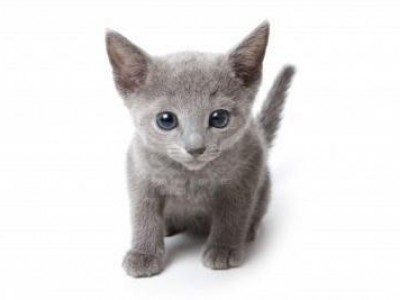
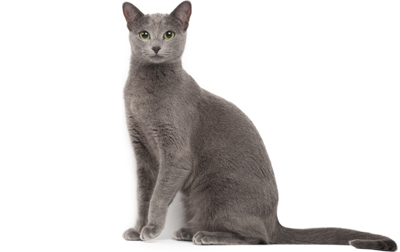
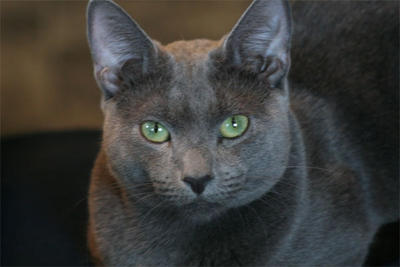
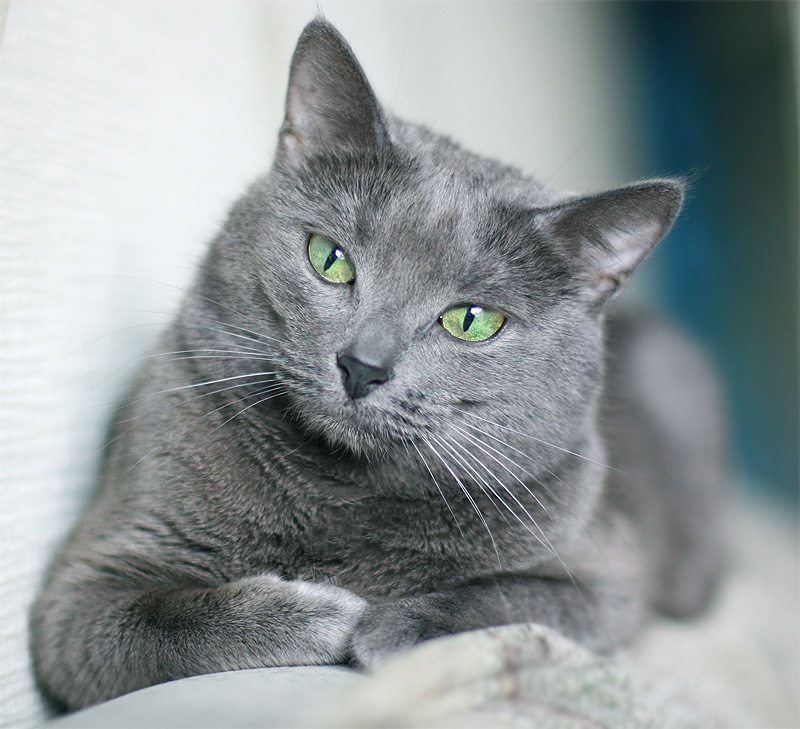
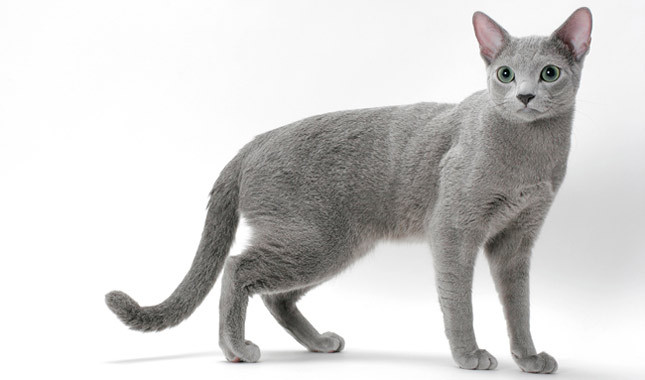
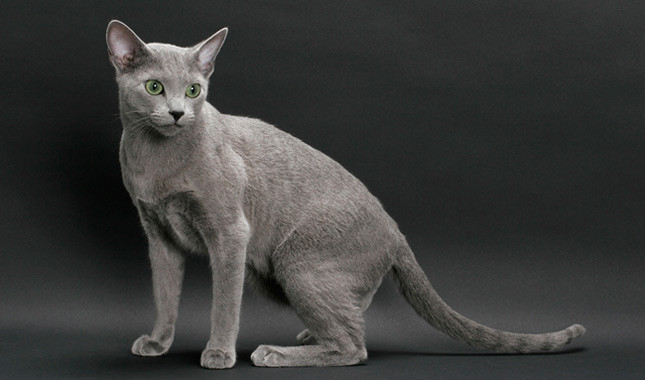
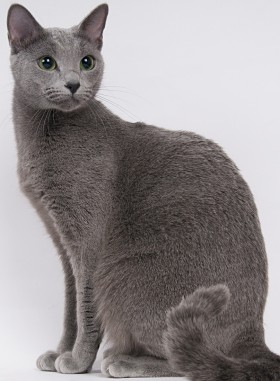

 Animalia Life
Animalia Life